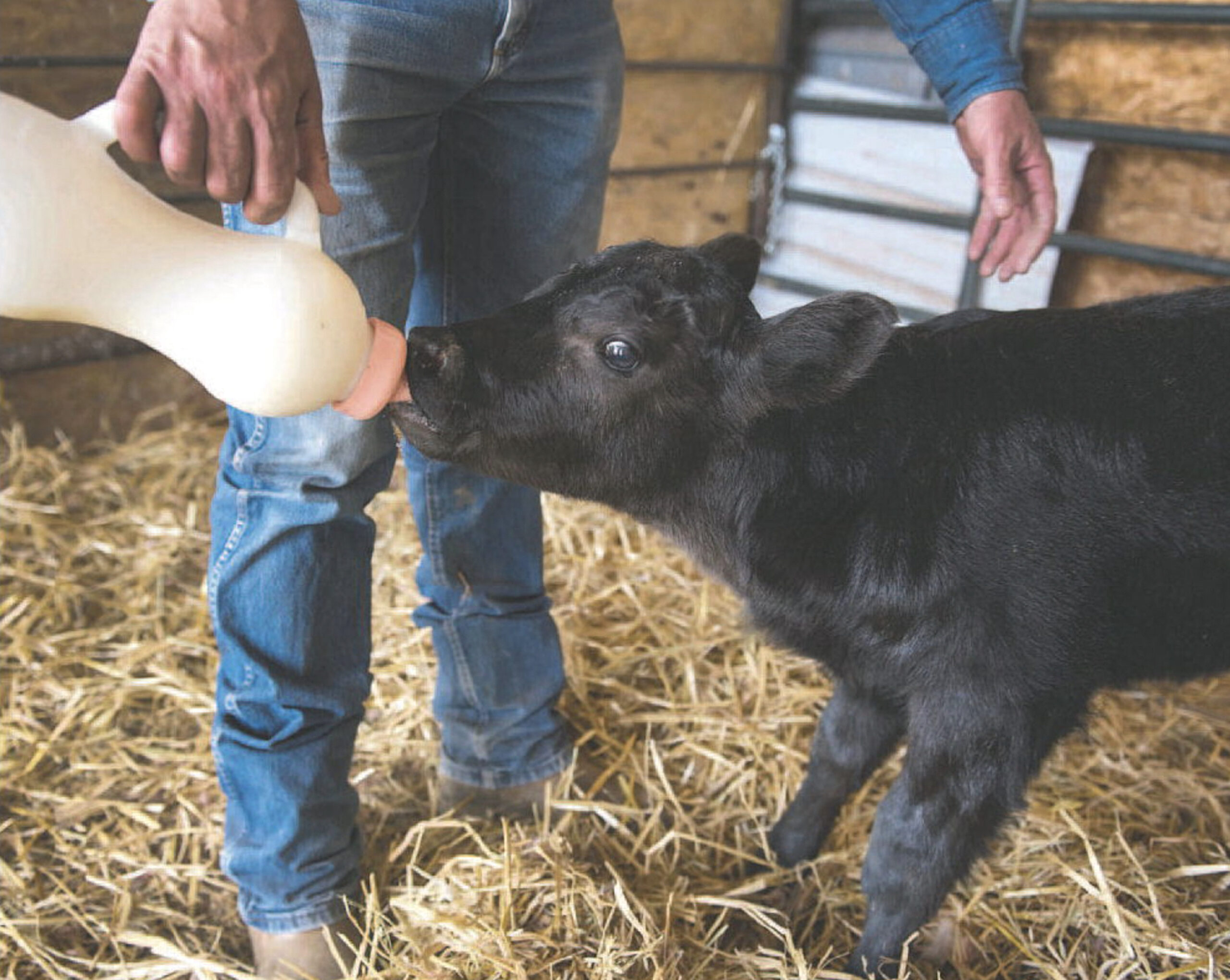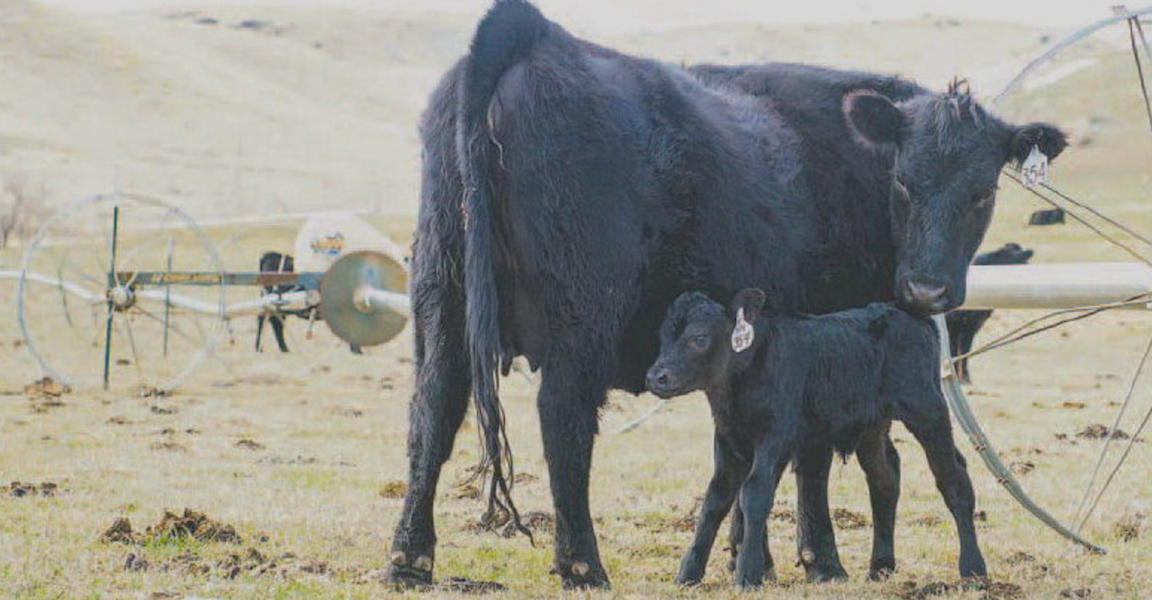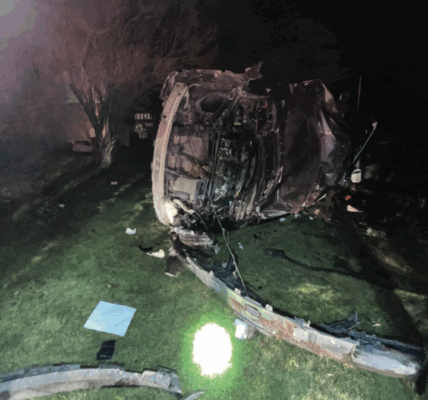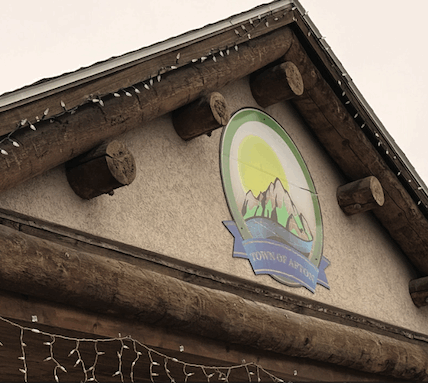
By Alex Hargrave
Buffalo Bulletin
Via- Wyoming News Exchange
BUFFALO — For Andy Stevens, there’s not a much better view than that of sunshine on the snow-capped Bighorn Mountains behind calves milling about on green grass.
Calving season coincides with the time in the Wyoming weather cycle when winter and spring compete for dominance. Stevens and his father-inlaw, Bill Long, monitor pregnant heifers on their rangeland east of Buffalo every couple of hours during the roughly 45 days when the herd is expected to give birth to make sure mom and baby – sometimes, babies, in the rare case she has twins – are safe and healthy when the time comes.
The weather at the tail end of calving season, for the Long Ranch on March 26, is warm and sunny. The mud has given way to more solid ground, but there’s still the likelihood of more snowfall for the next few months.
While moisture is necessary for a grass crop on which to raise livestock throughout the summer, dry, warmer weather is advantageous for calving time, because it creates safer birthing conditions, Stevens said.
“We’ve had very good luck this year with the weather we’ve had – the two blizzards – and been very thankful for the moisture, because we need it,” he said. “But it does make the night short and the days long.”
Extreme temperature fluctuations from 30 to 70 degrees and back again, however, can be detrimental for livestock health, causing pneumonia or digestive issues, Long said. But having a dry place to calve, he noted, limits disease risk associated with giving birth in the snow or on icy ground.
So far, approximately 70 of the Long heifers have calved this year, and roughly 20 are still expected to do the same. Days-old calves roam the green grass, some with their mothers, others with a bovine babysitter designated to watch the herd. Ranching is a tough business and a demanding lifestyle, but, “we get up, see these calves doing well; with this kind of a lifestyle, we get paid every day,” Long said.
Markets favor producers
This year, it’s looking like producers will have the advantage in beef markets due to low supply. It’s a positive trend for Johnson County’s ranches that will likely see roughly 37,500 calves born this spring, according to Wyoming agricultural statistics reported by the U.S. Department of Agriculture.
“We’re blessed with a market like we have,” Long said. “Last year was good, but the years prior to that were tough. We’ve got a lot of catching up to do from some leaner times.”
In particular, 2016 to 2022 was difficult for producers, Stevens said. According to the University of Tennessee’s Institute of Agriculture, the feeder cattle index price was mostly below $150 per hundredweight during those years.
As of early April, feeder cattle were averaging $290 per hundredweight, according to USDA marketing data.
It comes down to supply and demand, Stevens said. Cattle inventory is almost as low as it ever has been, he noted, due to drought and wildfires that have driven ranchers to sell off portions of their herds.
“We were upside down with the (meat) packers,” he said. “The end game had more control than the producers, the front of the game. Cow-calf guys were sort of the short end of the stick, and roles have reversed a little bit.”
Long and Stevens said that they expect the moisture so far this winter going into spring will benefit the portion of their land that burned in the 175,000acre House Draw fire in August. Drought is subsiding in Johnson County, according to the U.S. Drought Monitor, and snowpack sits at 84% of normal in the Powder River Basin as of April 7, per the Natural Resources Conservation Service.

‘Business as usual’ after fire
Approximately three dozen of the county’s landowners were impacted by the House Draw fire, leaving a lot of charred rangeland that typically feeds livestock and wildlife.
Stevens and Long, who lost some of their fall and winter feeding acreage to the fire, have their operation spread across three counties, they said.
“We’re very fortunate,” Stevens said. “Our cows were still on summer range (during the fire). The biggest thing was this winter, we changed our routine on where they go. And we had to feed them hay a lot earlier than we normally do. They’ve been on hay (for) a few months now.”
For livestock that had to be evacuated from the fire’s path, calving this winter and spring could be complicated by maternal stress, said Shelby Rosasco, University of Wyoming Extension beef specialist.
How much the event could impact fetal development and subsequent calf health depends on the timing of the fire and when pregnancy was established.
“Anytime we transport them, that is a stress,” Rosasco said. “Tying that to reproduction and maternal stress, we feel confident once they get to 45 to 60 days pregnant when we ship them that they can maintain that pregnancy. You want to ship right after they’re bred, in the first five days, or after 45 days.” Rancher Meg Scales said that the House Draw fire burned land that her family’s operation leased for grazing, and they had to move their cows off the grass. The only health impact she has seen so far are some calf deaths that she suspects are tied to lung damage.
“Calving itself is going great,” she said in early March. “We were fortunate that the place we were leasing was one of the last places to get hit, and we didn’t experience burns with udders and feet,” Scales said. “Our cows were far enough bred that we wouldn’t see as much of an impact as with preg checks.”
Scales is also a volunteer with the Johnson County Fire Relief Fund, which has fundraised and advocated for producers impacted by the fire. She said that in conversations with these ranchers, it appears that it’s back to “business as usual” when it comes to calving and lambing.
“Some are scrambling to come to terms with the reality of where they’re going to calve and what the unknowns are of that,” Scales said. “Some people’s calving pasture burned up, others purchased windbreaks or portable corrals to accommodate those challenges. They’re taking into consideration the potential effects of predation.”
Micah Most, agriculture and natural resources educator for the University of Wyoming’s Johnson County extension office, said that there could be some long-term health impacts to herds that producers will likely be looking for, such as decreased weight gain and muscle mass.
“The veterinarian teams in the area did a really great job of working with producers to get vaccine delivered and administered in a timely manner against pneumonia and some of those other respiratory disease concerns,” he said. “I haven’t heard that people had a lot of issues with that since they got on it right away. There was definitely potential for production losses on the calf crop side.”
Like ranchers, calves are resilient. Minutes after being born, they stand up on spindly legs and start living their lives. Within a few days, the calves on the Long ranch are milk drunk, filling up and then bucking and playing before falling into a deep sleep.
“If you’re having a bad day, these are kind of like a puppy,” Stevens said while bottle feeding a wiggly black calf.





